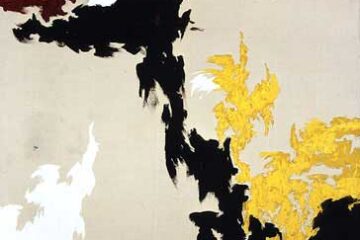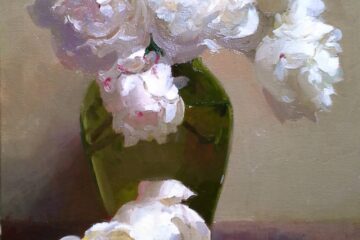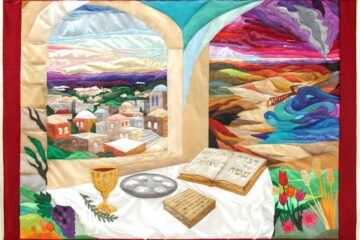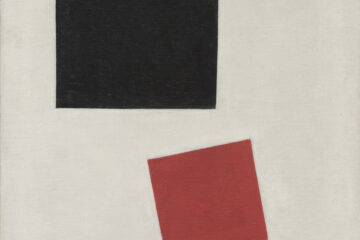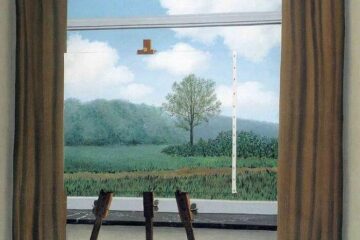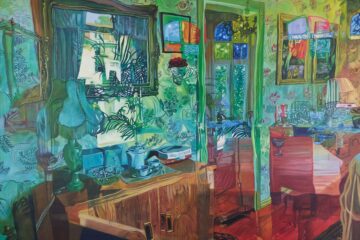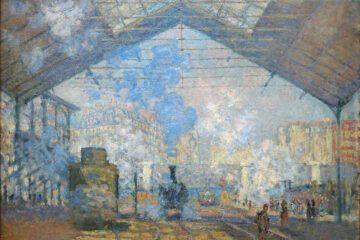Arshile Gorky traveled between worlds. Some of his journeys were open and revealed. Others were hidden and obscure. He bridged European Surrealism and American Abstraction. As a Surrealist he explored the unconscious, extracting from those forays images expressive of what he had found buried deep within. As an Abstract artist, he sought something more present, something higher. Something sublime.
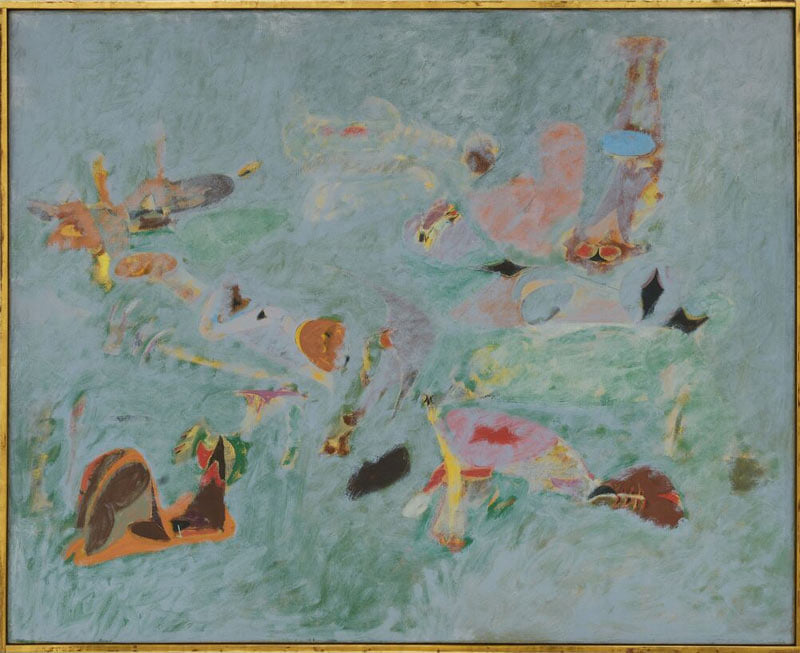
His personal life too was full of journeys, some were open and apparent and others were layered with obscurities. His birth name was not Arshile Gorky. He was born Vostanik Manoug Adoian in Armenia in 1904. His father fled Armenia to the United States to escape the draft, leaving his wife and children behind. In 1915 Vostanik escaped, with his mother and sisters, the Armenian Genocide. His mother died of starvation along the way. The children reunited with their father in America in 1920, but Vostanik never became close to him.
Vostanik shed his Armenian identity. He assumed the name Arshile Gorky and often presented himself as a Georgian nobleman. The name Gorky also carried with it a cloak of prestige for its identification with the great Russian writer.
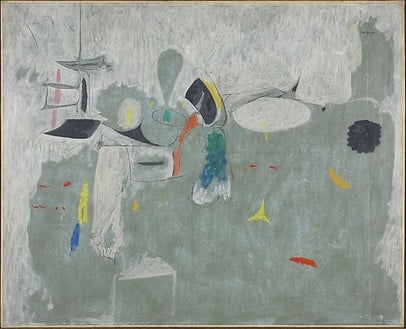
In 1947 Gorky painted a work he titled The Limit. Often attached to it as an explanatory text are Gorky’s words: “I have been so lonely, exasperated, and how to paint such empty space – so empty it’s the limit!” The piece displays areas of colors and shapes with vague borders, amorphous blobs floating across the canvass. Emptiness and limit. Is there nothing there? Or is there perhaps a fullness unseen?
In 2020, during routine conservation of the painting, artisans noticed fabric with colors protruding from behind the painting. Working delicately, they uncovered a painting hidden behind The Limit. Though that earlier work is untitled, some called it “Beyond the Limit.”
In response to the revealing of the hidden work, one gallerist remarked, “This discovery is the sort of moment that drew so many of us to art in the first place – the wonder and surprise, the invitation to think beyond what we already know, hints of new horizons.”


